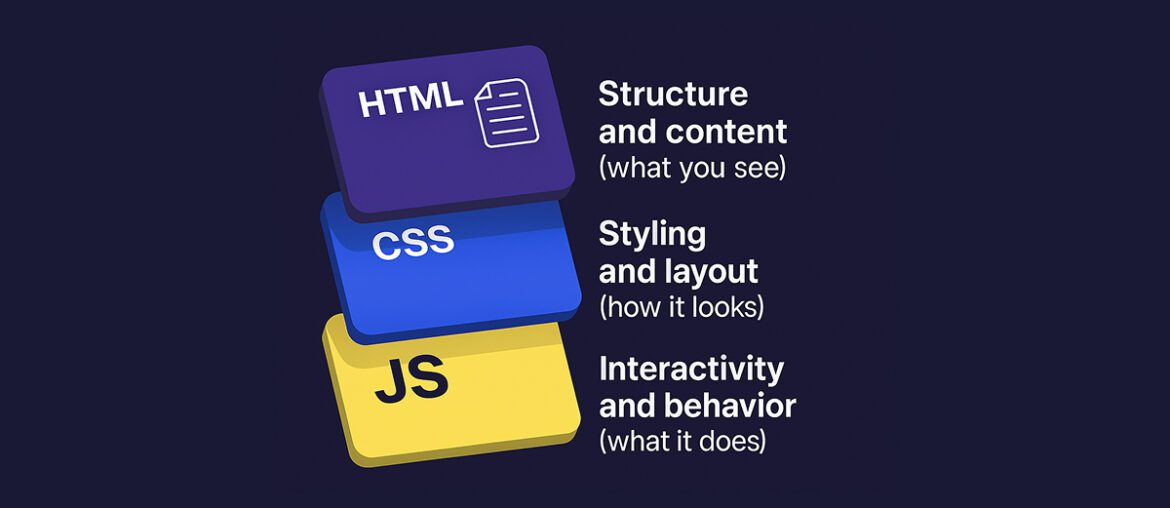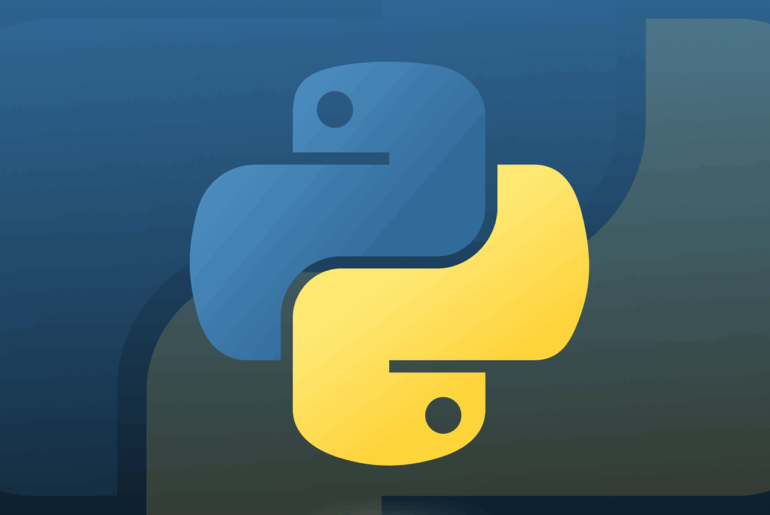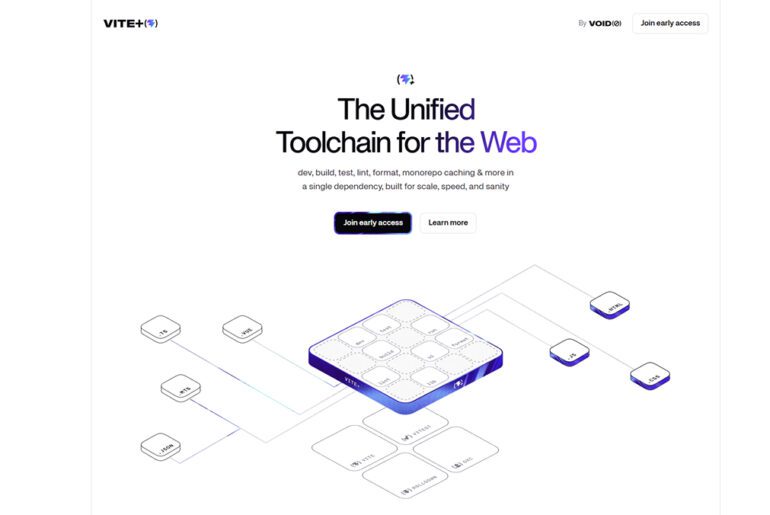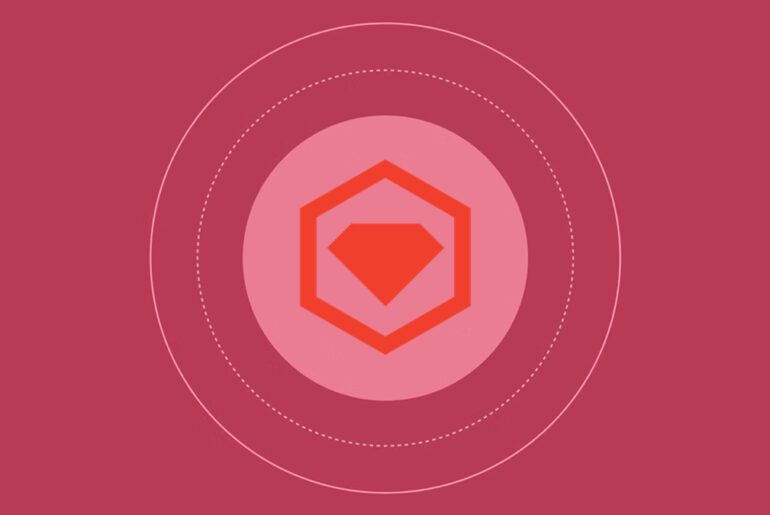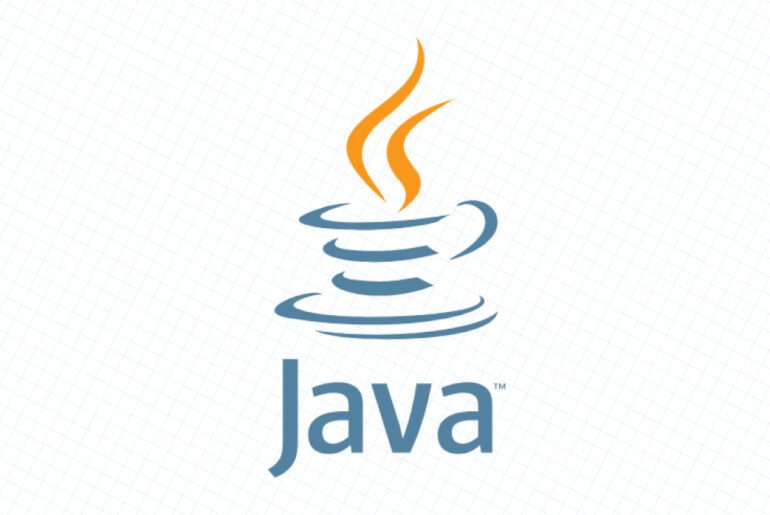Let’s be honest: tech is no fad. But front-end especially is where the human meets the machine—the part users touch, see, and click. That makes it emotionally satisfying and perpetually in demand.
In 2025, a few trends strengthen the case:
- UI/UX expectations are soaring. Every product is judged by its interface; companies are pouring money into making things intuitive, responsive, shiny.
- Remote-first work is more accepted. Front-end roles are among the most remote-friendly, so you can live in Volda (or anywhere) and work for a global team.
- Tooling is maturing. Frameworks like React, Svelte, Vue, and component libraries are evolving fast—but that means staying current is essential.
So, if you invest time and money into a bootcamp that gives you both theory and real hands-on chops, your “future you” will thank you.
What to look for in a bootcamp (and red flags)
Before I throw names at you, let’s spell out the criterion. You want more than glitz.
✅ What to prioritize
- Curriculum that reflects real-world stack
HTML, CSS, JavaScript are givens—but also things like React (or Vue/Svelte), state management, accessibility, testing, bundlers, performance optimization, continuous deployment, version control (Git). - Project-based learning with portfolio deliverables
A “build-your-own-app” or “live site launch” is more persuasive to employers than just theoretical assignments. - Career support / mentoring
Regular mentor check-ins, resume & interview prep, job-referrals or guarantee clauses. - Pace and format that match your life
Full-time immersive, part-time evenings/weekends, or hybrid. - Finance options & risk mitigators
Deferred tuition, income-share agreements, refund guarantees if you don’t land a job. - Alumni outcomes & reviews
What graduates actually do 6–12 months later. Don’t just take the bootcamp at their word.
⚠️ Red flags to watch out for
- Vague “learn to code in 6 weeks” promises
- Lack of transparent stats (graduation rates, job placement)
- Curriculum that hasn’t been updated (teaching ancient versions of JS frameworks)
- No mentorship or only pre-recorded videos
- High upfront costs with no fallback if things go wrong
If you see more red flags than green lights in a program, keep walking.
Top front-end / web dev bootcamps to watch in 2025
These are programs already standing out (via Course Report, Fullstack Academy, CareerFoundry, and others). They may not all be purely “front-end only,” but many emphasize strong front-end tracks.
| Bootcamp | Format / Notes | Why it’s appealing for front-end focus |
|---|---|---|
| Fullstack Academy | Online & immersive; offers “Introduction to Front-End Development” track | Known for JavaScript-first training; good balance of theory + real apps |
| General Assembly | Global campuses + online; immersive or part-time options | Strong reputation, broad network, often good for front-end specialization |
| CareerFoundry | Online, mentor-led programs | You can often focus on front-end / UX-first pathways |
| BrainStation | Live online + in-person (varies by region) | Responsive curriculum (React, modern web tools) with career support |
| Flatiron School | Online / in-person immersive formats | Emphasis on full-stack, but strong front-end modules |
| Thinkful | Online, with mentorship & job guarantee options | Good for learners wanting guided pace while managing other commitments |
| Ironhack | Part-time or full-time; multiple regions | Offers strong front-end tracks (JS, frameworks) with real projects |
| WBS Coding School | Live online (Europe) | Featured on Course Report’s list of featured schools |
| Codesmith | Strong engineering bootcamp with front-end paths | For students willing to push hard—strong outcomes |
Let me call out a few with extra thought:
- Fullstack Academy: Their “Introduction to Front-End Development” squad is a good gateway.
- WBS Coding School: If you’re in Europe (e.g. Norway), this might align with your timezone, schedule, or EU-friendly policies.
- CareerFoundry: Because the mentorship model can help when you feel stuck on CSS quirks, debugging, or design choices.
- Codesmith: Though heavier, it’s worth it for those who want to blend “front-end + engineering muscle.”
Free or low-cost alternatives you shouldn’t ignore
Money doesn’t have to be a barrier. Some bootcamps are entirely free (or generous with scholarships).
A few to glance at:
- freeCodeCamp — entirely free, community-driven, project-based.
- The Odin Project — free, open-source curriculum for full-stack (you can steer toward front-end modules).
- Codecademy / Upskill — freemium models with front-end tracks.
- Resilient Coders / Ada Developers Academy / Founders & Coders — nonprofit / equity-oriented programs
- Flatiron School (free tiers or scholarships) — they often run scholarships / “access” programs.
These are great if you’re not ready to spend heavy cash yet want to test the waters.
Making the decision: fit > prestige
Here’s something many people overlook: the bootcamp you can finish is almost always better than the “top-ranked” one you drop out of because of pacing or mismatch. So, weigh:
- Your schedule: Can you commit 40+ hours a week or just evenings?
- Your learning style: Do you respond well to live classes, or do you prefer self-paced?
- Your budget and risk tolerance: Can you afford upfront tuition, or do you need deferred/payment-in-installments?
- Localization or timezone constraints: A U.S.-only bootcamp might mean synchronous classes at odd hours for you in Norway.
- Community & network accessibility: Having peers in your region (or time zone) helps a lot with persistence.
In short: a slightly lower-ranked bootcamp that fits your life can outperform a “top” one you constantly struggle with.
How much should you expect to spend?
Let’s talk numbers—because tuition isn’t pocket change. Most front-end or full-stack bootcamps in 2025 land in the $7,000–$16,000 range for immersive programs. That’s tuition alone, not counting your living costs if you’re doing a full-time intensive where work is hard to juggle. Some go higher (around $20,000), especially in big U.S. cities or at brand-heavy schools like Flatiron or General Assembly.
But here’s the nuance:
- Online programs tend to be slightly cheaper, often starting at around $5,000–$9,000.
- Part-time or modular courses (like specialized front-end tracks) can be as low as $3,000–$6,000.
- Free or nonprofit bootcamps exist (freeCodeCamp, Odin Project, Resilient Coders)—but the trade-off is usually less hand-holding or slower job pipelines.
And financing? That’s where things get interesting. Many schools now offer:
- Deferred tuition (pay after you get a job)
- Income-share agreements (ISA) where you commit a small percentage of your salary for a set time
- Scholarships and grants, often targeted at underrepresented groups in tech
- Installment plans so you’re not dropping a lump sum upfront
So, how do you think about it? A good way is to treat it less like “paying for classes” and more like buying time + mentorship + network. Free resources can absolutely teach you the tech. What you’re buying with a bootcamp is structure, accountability, and a bridge to employers.
One caution: don’t overstretch financially. If you’re looking at a $15K program but would be drowning in debt, consider layering free resources with a mid-priced course instead. The ROI (return on investment) comes not just from the name on the certificate, but from the skills and projects you carry into interviews.
After the bootcamp: maximizing your return
Completing is just step one. To turn that into income and experience:
- Build (and deploy) multiple portfolio projects. Real sites, real users, real bugs.
- Contribute to open-source or small freelance gigs — even toy ones — to add credibility.
- Stay current. JS and front-end ecosystems shift fast. Keep learning new frameworks, build side projects, follow blogs or YouTube channels.
- Network. Join local dev meetups (even virtual ones), Discord / Slack groups, hackathons.
- Be ready to accept non-ideal first roles. Sometimes your best first front-end job is maintaining a legacy CSS codebase or doing small UI tweaks; that’s how you get your foot in.
- Ask for referrals and leverage alumni links. A mentor or alum from your bootcamp may bring you leads.
Final thoughts (and a gentle nudge)
Let me be blunt: the “best” coding bootcamp doesn’t exist universally. What is real is your effort, consistency, and curiosity. But picking a bootcamp that’s current, project-based, supported, and (critically) one you can finish—that’s half the battle won.
If I were you, sitting in Volda and weighing the options in 2025: I’d lean for something with live mentorship + flexible hours + front-end focus (so something like CareerFoundry, General Assembly, or a European-friendly program). And if budget is tight, I’d layer in a free path (freeCodeCamp / Odin Project) to test the water first.


